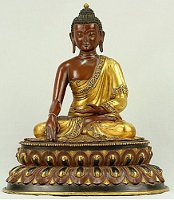 This article shows a slide show of handmade and mostly gold-plated Buddha statues from Nepal. The Newari artists and craftsmen from Patan in Nepal have been famous for this for centuries. Even the great Mongol leader Kublai Khan (1215-1294) commissioned a golden stupa in Tibet to the Newari artists in Patan.
This article shows a slide show of handmade and mostly gold-plated Buddha statues from Nepal. The Newari artists and craftsmen from Patan in Nepal have been famous for this for centuries. Even the great Mongol leader Kublai Khan (1215-1294) commissioned a golden stupa in Tibet to the Newari artists in Patan.
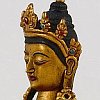
You are in our article section. For our catalog of Tibetan Buddha figurines, please go to our Shop of Nepal Statues The metal statues made by a few Newari families in Patan in Kathmandu Valley have been famous for centuries in countries like Tibet, India or Bhutan. This old craft is still practized in Patan. Little has changed since a long time ago. |
|
Buddha Statues - artelino |
|
|
|
|
|
|
|
Advanced Search |
|
| Forgot your password? | |
| Forgot your username? | |
| No account yet? Register | |
|
|
|
| Show Cart | |
|
Your Cart is currently empty.
|




 The historic Buddha who lived circa from 563 until 463 BC on earth, was only one Buddha in a long series of Buddha predecessors and yet to come successors. One of the oldest Buddhas is Dipankar - a real Methuselah.
The historic Buddha who lived circa from 563 until 463 BC on earth, was only one Buddha in a long series of Buddha predecessors and yet to come successors. One of the oldest Buddhas is Dipankar - a real Methuselah.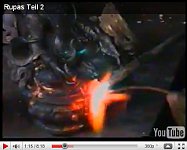 Second and last part of a unique documentary from Patan in Nepal showing how traditional Tibetan metal statues are made by the method of 'lost wax'.
Second and last part of a unique documentary from Patan in Nepal showing how traditional Tibetan metal statues are made by the method of 'lost wax'. This Youtube video shows in two parts how traditional metal statues are created in Nepal. It is incredible how this is all done by hand, just as it has been done the same way for centuries. The film is presumably a unique document as it shows a craft that has in my view lost in quality over the years due to significant changes in market demand. I am afraid it is doomed to disappear.
This Youtube video shows in two parts how traditional metal statues are created in Nepal. It is incredible how this is all done by hand, just as it has been done the same way for centuries. The film is presumably a unique document as it shows a craft that has in my view lost in quality over the years due to significant changes in market demand. I am afraid it is doomed to disappear.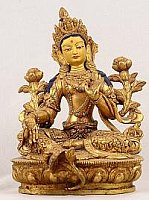 Sacred Tibetan art has always developed independently from common art, even though it also influenced achievements in sacred art. The religious connection to Indian art via tantric Buddhism is also particularly important. Along with thangkas, sacred cloth scrolls, metal sculptures are one of the most important artistic representation forms of religious matter. Small bronze or copper statues stand out as gems of Tibetan art whose filigree attests to the high craftsmanship of their creators.
Sacred Tibetan art has always developed independently from common art, even though it also influenced achievements in sacred art. The religious connection to Indian art via tantric Buddhism is also particularly important. Along with thangkas, sacred cloth scrolls, metal sculptures are one of the most important artistic representation forms of religious matter. Small bronze or copper statues stand out as gems of Tibetan art whose filigree attests to the high craftsmanship of their creators.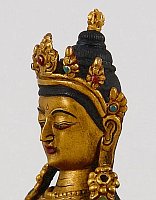 They are called Nepal Bronzes or Tibetan Statues. Both names are a bit misleading. It is an art form for which the Newar artists in Nepal have been famous for from Middle Ages until our days. And the metal used for these unique, all handmade statues is not bronze, but mostly copper - sometimes also brass or various alloys. This articles describes how these metal art works are created by the method of "lost wax form" (Cire Perdue).
They are called Nepal Bronzes or Tibetan Statues. Both names are a bit misleading. It is an art form for which the Newar artists in Nepal have been famous for from Middle Ages until our days. And the metal used for these unique, all handmade statues is not bronze, but mostly copper - sometimes also brass or various alloys. This articles describes how these metal art works are created by the method of "lost wax form" (Cire Perdue).


